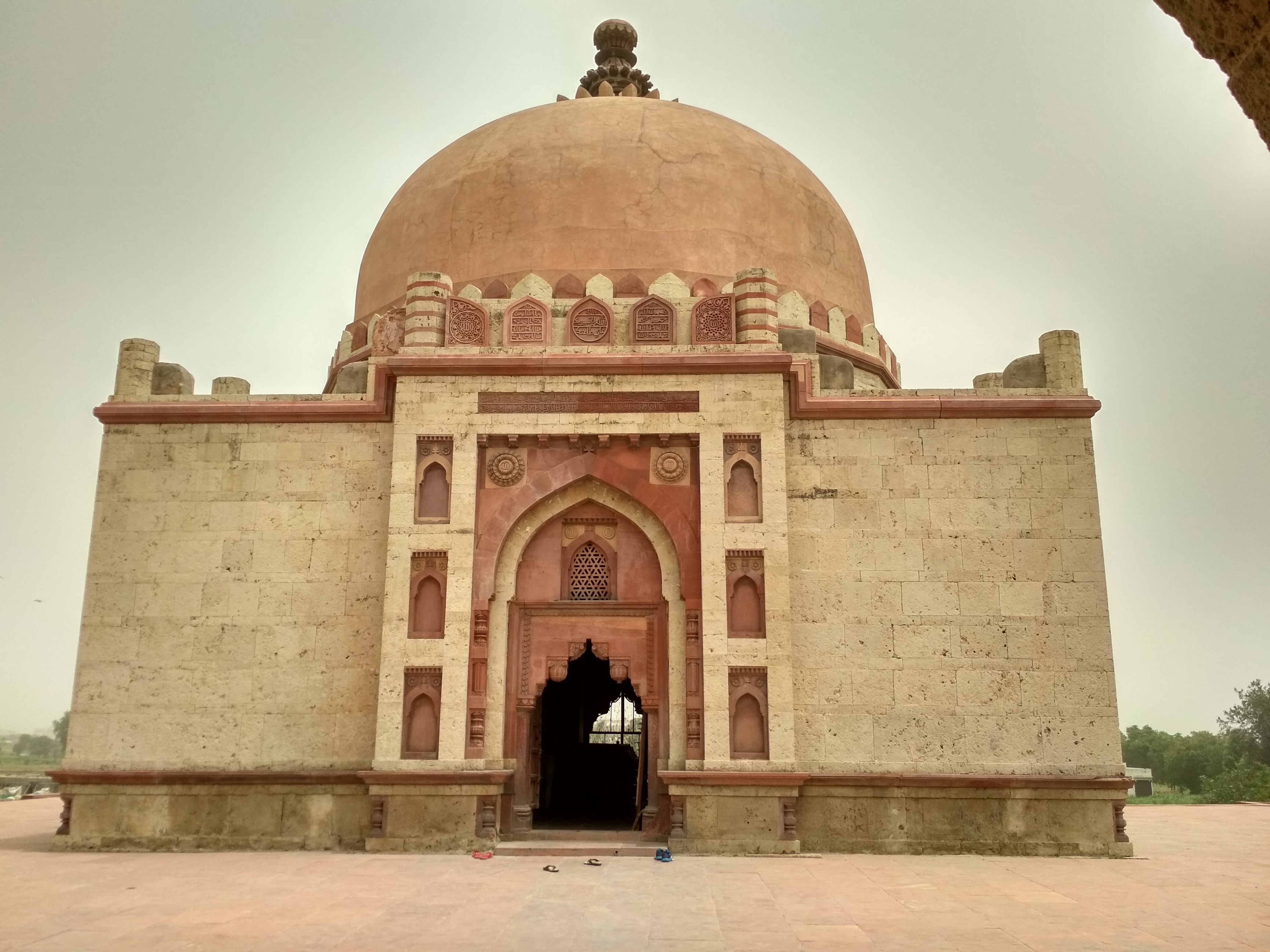Nestled in the heart of Haryana, Nuh stands as a testament to India's complex and layered historical narrative. This small town encapsulates centuries of cultural transformation, blending architectural marvels, spiritual significance, and rich socio-political dynamics that have shaped its unique identity. From the remnants of Aryan civilization to the architectural influences of the Tughlaq Dynasty, Nuh represents a microcosm of historical transitions and cultural intersections.
The architectural landscape of Nuh is particularly intriguing, with structures like Nuh Fort and Chui Mai Pond serving as silent witnesses to multiple historical epochs. These monuments are not merely stone and water, but repositories of collective memory, embodying the architectural sensibilities of different ruling dynasties. The construction techniques, likely involving local materials such as red sandstone and grey quartzite, reflect the adaptive building practices of medieval Indian societies.
Religious and spiritual dimensions are profoundly embedded in Nuh's cultural fabric. Sites like the Tomb of Sheikh Musa and the Dargah of Sheikh Musa transcend their physical existence, representing spiritual sanctuaries that have sustained community identity through generations. These spaces are more than architectural structures; they are living testimonies of faith, preservation, and continuous cultural transmission.
The socio-political environment of Nuh has been characterized by remarkable complexity and dynamic interactions. Various ruling dynasties, particularly the Tughlaq regime, left indelible marks on the town's administrative and cultural infrastructure. Their governance models, architectural interventions, and administrative strategies contributed to shaping a nuanced societal framework that balanced military prowess with cultural sophistication.
Local folklore and oral traditions play a crucial role in understanding Nuh's cultural landscape. Stories associated with Chui Mai Pond and other historical landmarks are not mere narratives but intricate threads connecting contemporary communities with their ancestral past. These oral histories preserve communal memories, transmit cultural values, and offer profound insights into the town's collective consciousness.
The architectural heritage of Nuh represents a sophisticated blend of styles and influences. While specific details about individual structures might remain partially obscure, the overall architectural language speaks volumes about the town's cultural interactions. The design elements, construction techniques, and spatial configurations reveal a rich dialogue between different architectural traditions, reflecting the dynamic cultural exchanges that characterized medieval Indian societies.
Archaeological significance adds another layer of complexity to Nuh's historical narrative. The town's geographical location and historical continuity suggest potential for significant archaeological discoveries. Each architectural remnant, each historical site potentially holds clues about human settlements, migration patterns, and cultural transformations that have unfolded in this region over millennia.
Beyond its historical dimensions, Nuh continues to evolve as a living cultural ecosystem. Contemporary inhabitants carry forward ancient traditions while simultaneously engaging with modern challenges. The town represents a fascinating continuum where historical legacy and current realities coexist, creating a dynamic cultural landscape that honors its past while embracing future possibilities.


